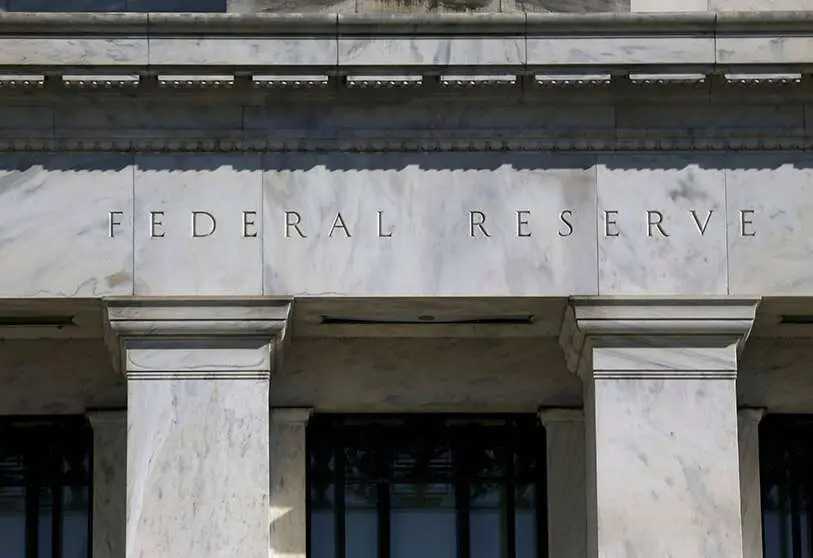Our money gets thrown under the bus

Financial markets are rife with rumours that the Fed will begin “tapering” towards the end of this year, meaning the current pace of the Fed’s bond purchases and the resulting increase in the quantity of money are widely expected to be scaled back. However, according to the central bank’s own projections, the Fed’s interest rates are expected to remain at rock bottom until 2023. While the “taper talks” keeps many investors and financial journalists occupied, the important question is: How likely is it that the Fed will really seek an exit from its super-easy monetary policy?
Basically, all monetary indicators – such as, for instance, the ‘Taylor rule’ – suggest that the Fed’s interest rates are way too low and need to be raised. Most notably, current consumer prices have been rising sharply, increasing by 5.4 per cent year on year as of July 2021, while consumer prices net of food and energy commodities rose 4.3 per cent year on year. This, in turn, has driven real (that is inflation-adjusted) interest rates deep into negative territory, as nominal short-term interest rates are kept at close to zero per cent and the 10-year treasury bond at around 1.7 per cent.
There is, of course, a reason why the Fed is hesitant to abandon its excessive money printing and unnaturally low interest rate policy: The Fed wants to continue the inflationary boom it has orchestrated by printing money and artificially suppressing market interest rates in the first place. What is more, the indebtedness of the economy has become so high that many debtors can no longer afford to pay higher borrowing costs, much less to end the practice of rolling over maturing debt into new debt.
It is fair to say that monetary policy has been quite inflationary, not only in the US but also around the world. While consumer goods price inflation had remained rather subdued until recently, asset prices – such as the prices for stocks, real estate, residential property etc. – have inflated sharply. Taken together, the economic and financial system has actually become addicted to sustained increases in the prices of goods, which, in turn, require an uninterrupted inflow of credit and money. Goods price inflation creates further goods price inflation.

This is because inflation only stimulates economic expansion when it comes unexpectedly, when it surprises on the upside. Once people are no longer fooled by inflation, it loses its stimulatory effect on the economy. With consumer goods prices rising strongly, however, people may well live up to reality and understand that they are being conned by monetary policy. And if or when inflation expectations rise above the target rate, while the central bank tightens its policy to reduce inflation, the economy and financial markets will be in for a really hard landing.
In this context, it is instructive to see the already elevated consumer goods price inflation being downplayed as “temporary” and driven by “special factors”. And hardly a word to hear that it is caused by excessive money printing on the part of central banks. All this could suggest that the public at large may not really wake up to the inflation problem, and that it is not that well informed about the true cause of inflation. Central banks may thus well succeed in disguising their role in debasing the purchasing power of money – which is what goods price inflation does to the money unit.

And so they will most likely continue to do what they have been doing for the past few decades: throwing the purchasing power of money under the bus. Especially in view of the economies’ huge debt burden, there is a rather high likelihood that central banks have secretly rearranged their priority list: Maintaining production is considered more important than curbing goods price inflation. While such a trade-off will not function in the long run, it may work in the short run. In any case, it is politically preferred from the viewpoint of rulers and the ruled.
I believe there is good reason to expect that the purchasing power of the US dollar, euro and the like will continue to decline further in the coming years, most likely at an accelerated pace. This means that the Fed and the other major central banks around the world are unlikely to restrict monetary policy in any meaningful way. With real short-term interest rates remaining in negative territory, the idea of adding physical gold and, to some extent also silver, to one’s portfolio should be revisited.

What has been holding the price of gold and silver back since August 2020 is, on the one hand, the decline of risk aversion among investors, which has reduced the demand for “safe haven” assets. On the other hand, the price of gold and silver has suffered because markets have increasingly embraced the idea that the monetary policy will end its excessively expansionary course, thereby reducing the need to hold gold and silver as a hedge against inflation. However, in this podcast, I have argued that there will not be an end to price inflation and thus currency debasement.
I maintain the view that gold and silver, bought at current prices, will prove to be return-enhancing and risk-reducing for the long term investor portfolio.
Thorsten Polleit. Economista jefe de Degussa

